What is an LED neon light
An LED neon light is a flexible LED light strip capable of simulating the lighting effects of classic neon lamps. Where distinctive and fanciful lighting is required look no further than flexible LED lighting product which is easy to customize and install, shatterproof and safe to use, and delivers unprecedented energy efficiency and controllability. Traditional glass neon lights have been favored for their ability to produce uniform, fully diffused glow over the entire length of the lights irrespective of the viewing angle. As a type of cold cathode gas-discharge lights, neon tubes have to run on a very high voltage so that the metal electrodes installed at each end of a sealed glass tube can ionize the gas in the tube, causing it to emit colored light. Neon lighting, however, is not user-friendly in nature. The fragile glass construction and the need for a heavy supporting infrastructure make the product not only expensive to package and ship, but also extremely awkward and complicated to install and replace. The installation and maintenance may be accompanied by a potential shock hazard, and the use of these lights involves a high maintenance cost and high power consumption.
Features and applications
Flexible LED neon strip lights were created to address the challenges confronting sign, signage, accent and decorative lighting applications with neon gas lighting. Flexible and durable, these products can be fabricated into curved and even twisted configurations without the typical worries of working with fragile neon glass. The design freedom is also endorsed by their ability to be cut or extended for the application of your choice. The even glow of neon lighting can be flawlessly replicated on LED neon lights. LED neon lights offer extraordinary color experiences with the ability to produce a full spectrum of colors from the same fixture and display different colors and intensities across the single run of lighting simultaneously.
Creative expressions with LED neon lighting abound. An infinite array of intricate profiles, contours, and patterns can be created on the fly for exterior and interior lighting applications which include advertising sign lighting, landscape accent lighting, facade lighting, building perimeter lighting, architectural feature lighting, indirect cove lighting, stage lighting, and decorative lighting for commercial, residential, and hospitality applications.
Ingress protection
A flexible LED neon light is essentially a flexible LED strip light with full encapsulation for light diffusion and ingress protection. The LED strip may be encased in a single extrusion made from a silicone, polyurethane (PU), or polyvinyl chloride (PVC) resin. A very wide beam angle and an IP68 watertight integrity can be obtained with this configuration. An alternative design is to recess the LED strip in a flexible housing of constant cross-section with a lengthwise slot. Flexible LED neon strip lights are typically sealed to an IP67 rating. The housing is potted with a resin covering which makes the LED strip light completely sealed and impervious to shock and vibration while uniformly distributing luminous flux from the light source through optical diffusion. The covering can also be extruded, either as a co-extrusion in a single stage or in multiple steps. It can be made flush with the housing opening for 120° light distribution or in a semispherical profile for a wider beam angle (e.g. 150° or 180°).
The elongated housing is squared-off to facilitate mounting and generally rectangular in cross-sectional shape. This type of construction allows LED neon lights to be designed as “side-bend” or “top-bend” lights. Side-bend lights have the LED strips mounted to the side wall of the housing and thus can bend in a single plane that is perpendicular to the light emitting surface (LES). Top-bend lights lay the LED trips flat on the bottom housing and they bend in a plane that is parallel to the LES.
Sealing materials
Flexible LED neon strip lights are sealed with various types of materials. Entry-level products are commonly encapsulated with PVC which is chosen for its low-cost availability. However, organics are prone to chemical reversion especially when they’re exposed to high thermal stresses and UV radiation. Of particular concern for organic PVC and PU lenses/sealants is photodegradation caused by UV radiation, which can lead to discoloration and deterioration in impact strength, tensile strength, and elongation. Silicones are more robust in outdoors because of their inorganic composition.
Silicone-based material systems have superior optical, thermal properties, and structural stability. Their ability to maintain their electrical properties at high temperatures and in humid environments gives them a unique advantage in waterproofing applications involving LED systems. However, silicones are known to have some disadvantages, among which including high moisture and gas permeability. Most of the mid-power LED packages use silicones for encapsulation of phosphors.
Careful consideration must be given to preventing any incompatible chemicals from directly or indirectly reacting with the silicone encapsulant during potting applications. Volatile organic compounds (VOCs) which may originate from the potting materials can react with silicone and produce discoloration. It is therefore a good practice to use silicone extrusions instead of silicone potting to seal LED neon lights.
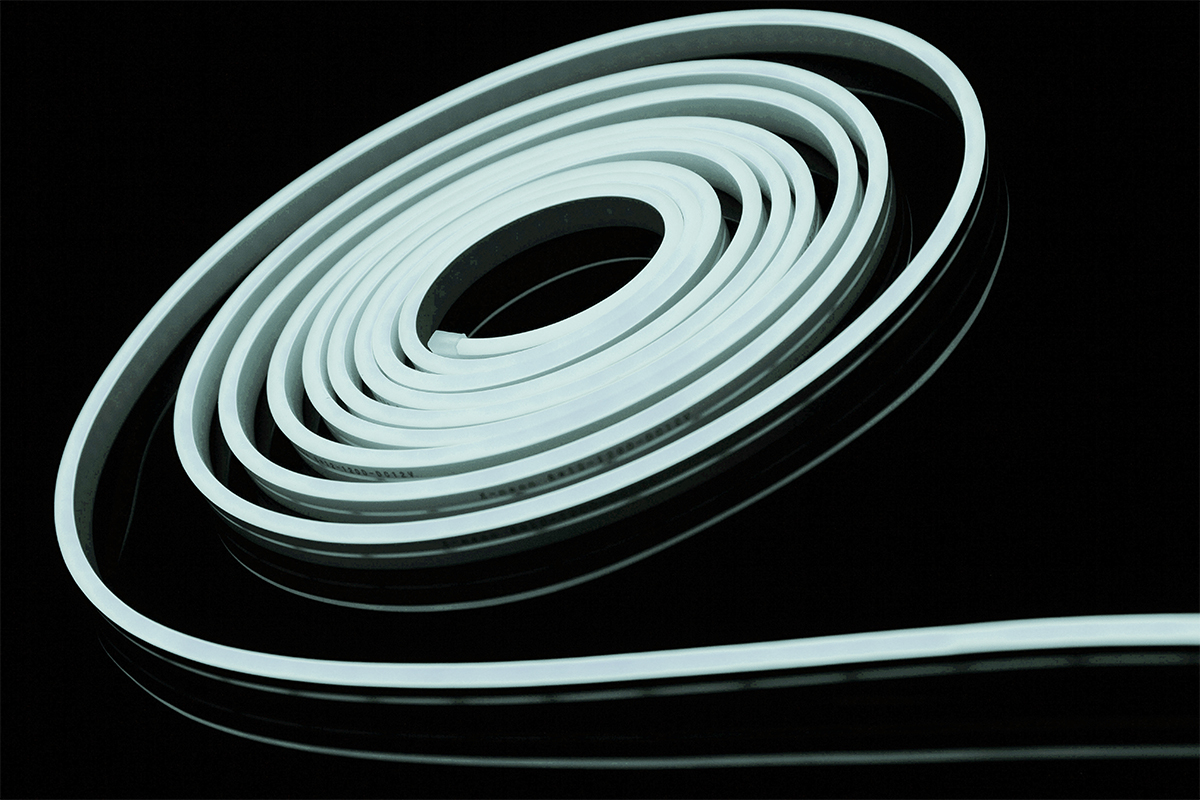
LED strip lights
LED neon lights typically operate off 12V or 24V DC power. Line voltage (120V) products are available as well. However, the benefit of using line voltage products for longer runs of lighting is outweighed by their high potential of electrical shock hazards and short service life due to excessively high thermal loads associated with high voltage operation. While maintaining the high IP rating of the lights and color stability of the optical lens is a critical aspect for LED neon lighting, the core of an LED neon rope light is the flexible LED strip light which not only acts as the light engine but also determines the bending performance (flexibility) of the rope light.
An LED strip light is built on a flexible printed circuit (FPC) board. Most often, the FPC will use polyimide (PI) as the material for the circuit substrate because of the tough nature and excellent resistance to thermal or chemical damage of this material. The circuit trace is made of wrought or rolled and annealed (RA) copper which offers greater strength and toughness than electro-deposited (ED) copper and allows for formation of high reliability solder joints. The use of RA copper lends the rope light a high mechanical strength and fatigue resistance.
When designing the LED strip light, the thickness of the copper traces should match the electrical requirements for the application. Thicker copper is required for long run or higher power applications. Longer run lighting requires larger gauge wires. Otherwise the internal resistance of the copper traces can cause a significant reduction in the supply voltage reaching the distant LEDs. However, thickness and flexibility of an FPC is in a tradeoff. The thicker the copper traces, the less flexible the FPC will be.
Control options
LED neon lights can be divided into the analog type and digital type.
Analog LED neon lights capture a dominant share of the market. These products create light with the most widely used SMD LEDs which are not addressable and individually controllable. All LEDs mounted on a load circuit are collectively operated by master controller and react to control signals in the same manner. Analog LED neon lights are straightforward to control, however their strip-wide ability to provide deep dimming and DMX-based RGB or tunable white color mixing can address the vast majority of the needs in the lighting market.
Digital LED neon lights use addressable LEDs which have built-in controller ICs. The IC provides diode-level dimming control which allows a multi-color LED such as an RGB or tunable white LED to produce precisely controllable colors through additive color mixing. Individual addressing and control of the LEDs allow digital LED neon lighting to provide selective dimming and on/off switching control of an LED or discrete groups of LEDs simultaneously. This level of control enables dynamic lighting to be implemented on the slim rope light. Infinite lighting sequence possibilities and effects from simple color chasing, sweeping to intricate color patterns and complex translation of video/audio content can be generated with digital LED neon lights.
Power supply
An LED neon light is configured to have multiple strings wired in parallel. The LED string may have one or more LEDs that are powered in series. Typically, a 12V analog LED neon light uses 3-LED strings, and a 24V analog LED neon light with 6 LEDs in series per string. Most digital LED neon lights use a 5V DC power supply and all the LEDs are wired in parallel, however the multi-LED-string wire configuration may be available when they’re operated with a 12V or 24V power supply. Line voltage products are advantageous in that a greater number of LEDs can be wired in a string, which enables the lights to be designed with a very long length (hundreds of feet). A disadvantage with long-string configurations is that an open circuit of a single LED will interrupt the current flow to the downstream LEDs and cause a long run of the LED neon light to go dark. LED neon lights are cut to length or re-connected every string. Per safety regulations, all high voltage LED neon lights are not field-cuttable.
LED binning
LED neon lights can be specified in a vast range of lumen package, LED density, LES width, beam angle, and color options. While RGB lighting is a growing application for LED neon lighting, most products are used to create neon-like effects in a single color, be it white with a specific hue (e.g., warm white, neutral white, cool white) or other monochromatic color such as red, green, blue, or amber. Regardless of the types of LEDs used in the rope lights, a binning strategy must be implemented to ensure consistency in color and brightness throughout the entire run of lighting. LEDs are binned based on their chromaticity or dominant wavelength, forward voltage, and lumen output.

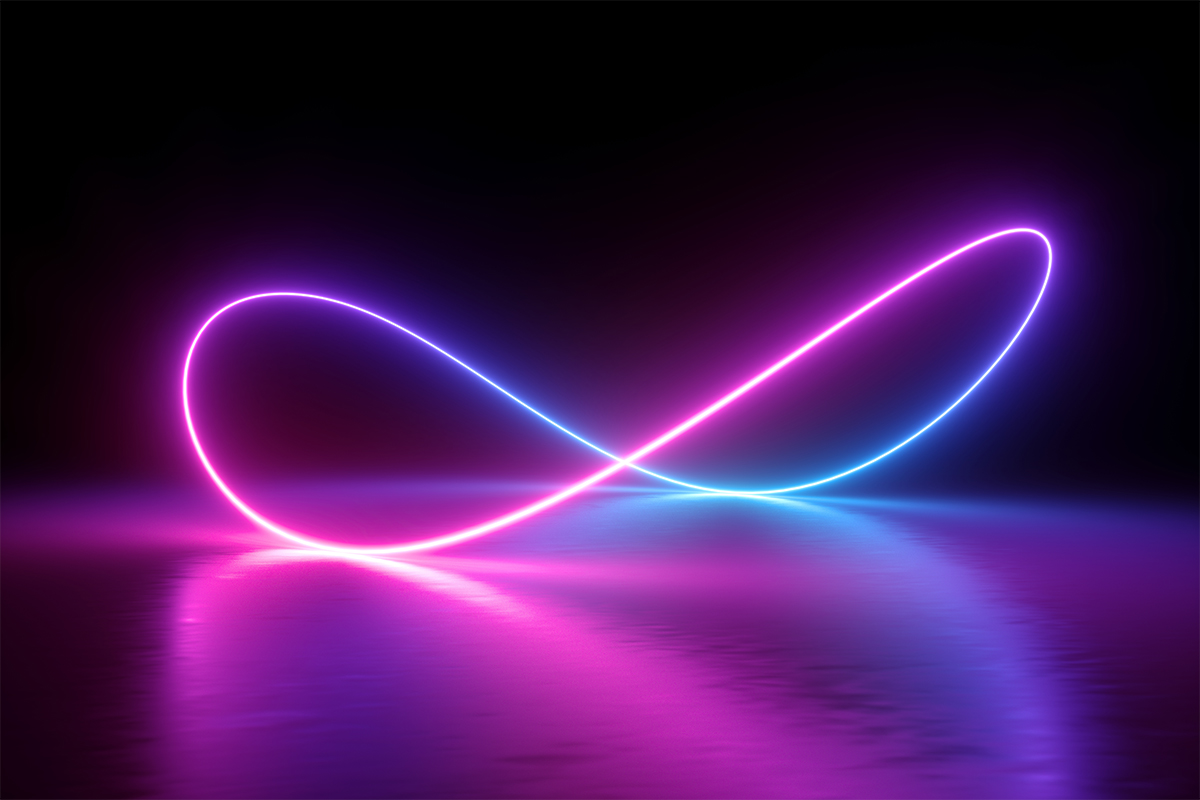
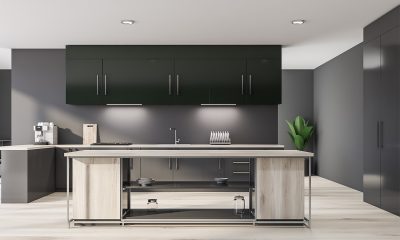
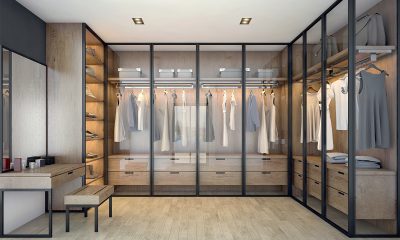
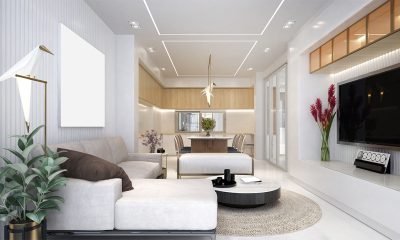
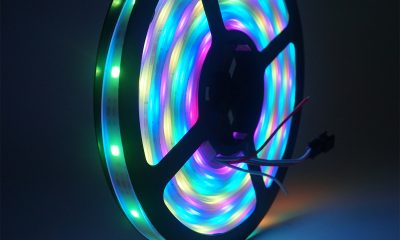
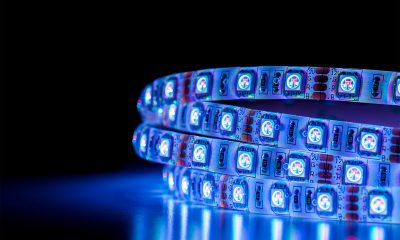
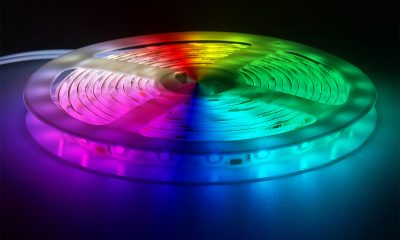
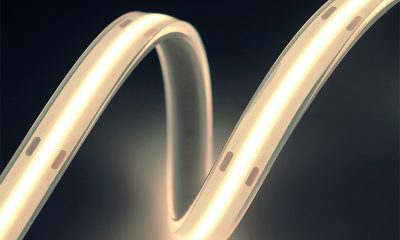
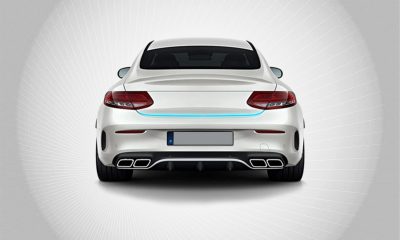
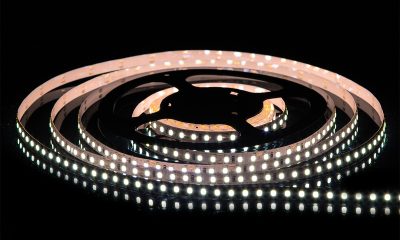
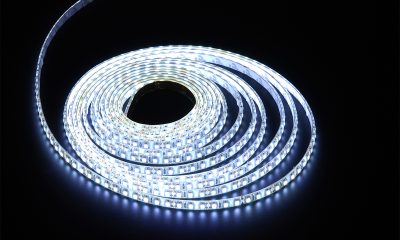
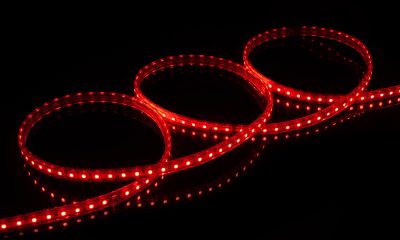
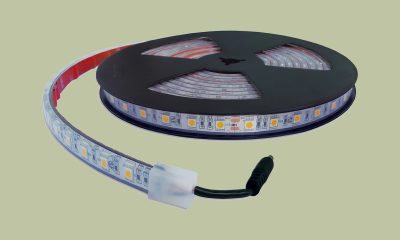





Loading...